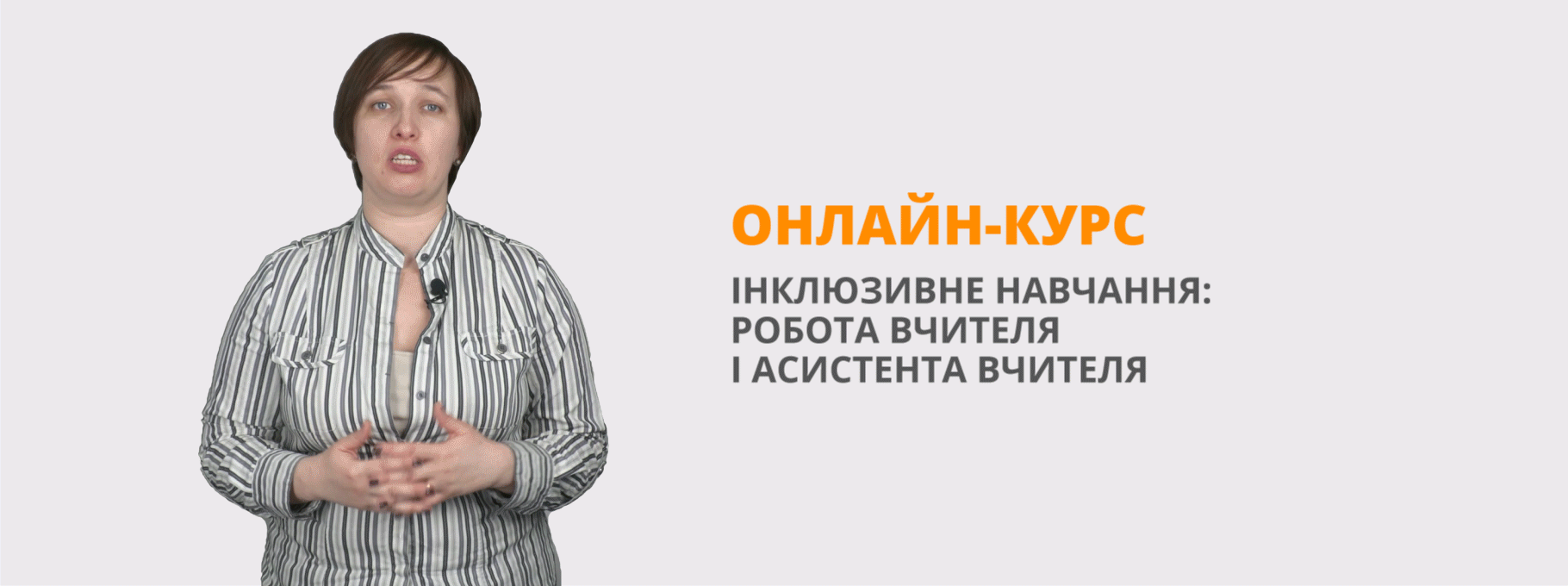Розробка практичного заняття з дисципліни Англійська мова за професійним спрямувнням з теми.Musculoskeletal system of the human body/
НАВЧАЛЬНО-МЕТОДИЧНА КАРТА ЗАНЯТТЯ
Дисципліна:іноземна мова за професійним спрямуванням
Тема заняття: М’язова система. М’язи та їх характеристика.Present Perfect Continuous Tense.
Мета заняття: навчитися називати основні функції м’язової системи; розрізняти вільні та довільні м’язи, описувати структуру скелетних м’язів, вміти пояснювати зв'язок м’язів і кісток, називати групи м’язів; розвивати навички монологічного та діалогічного мовлення; виховувати професійні якості студентів.
Тип заняття: вивчення нового матеріалу
Міжпредметні зв’язки: анатомія, латинь, граматика, українська мова
Структура заняття та розрахунок часу:
І. Організаційна частина
1. Повідомлення теми та мети заняття (2хв.)
2. Уведення в іншомовну атмосферу (5 хв.)
ІІ. Основна частина заняття (65хв)
ІІІ. Заключна частина заняття (8хв.)
Забезпечення заняття: роздатковий матеріал, словник, навчальні плакати, навчальні фільми
Попередня підготовка заняття:
Організація заняття, перевірка присутніх по журналу, з’ясування труднощів, що виникли під час виконання домашнього завдання. Перевірка домашнього завдання.
PROCEDURE
- Перевірка вивченої лексики
- Rules of hygiene
- KEEPING CLEAN
- Mum said to have a shower,
- And wash my hair well too.
- I've been in here for ages,
- I think that that will do.
- Uh, oh, the towel's dirty,
- Maybe I really oughter,
- Next time I have a shower,
- Stand underneath the water.
- Методи контролю знань:
- Індивідуальна перевірка знань, репродуктивна бесіда, розповідь, демонстрація наочних засобів навчання, створення проблемних ситуацій, метод вправ.
- Вивчення та закріплення нового матеріалу.
- І. Підготовка до сприймання іншомовного мовлення
- AIM
- Good morning, boys and girls. I’m glad to see you here today. If you are ready you may sit. How are you? Fine? Today we are speaking musculoskeletal system.
- Warming up
- Muscle poem
- What I am about to tell you, I bet you can’t wait
- This is the part of your body that is half your body weight.
- It is your muscles, 640 of them to be exact
- They are made out of tissues, that can shorten or contract.
- When our limbs move, it is the tendons that are working
- They attach the bone and muscle, and do the pulling and jerking.
- Muscles work together and rarely work alone
- They each pull their own way to help us move that bone.
- Voluntary muscles, such as your arm
- Use your brain as an alarm.
- Your brain tells them where to go, and what to do
- Thinking is required to assist moving you.
- The other kind of muscles is involuntary
- The actions of these muscles tend to vary.
- Diaphragm, intestines, even your heart
- Thinking's not required, this sets them apart.
- For example, your heart beats 60 times a minute
- And you don’t have to think anything of it.
- Now you know what your muscles can do
- You better thank God for giving them to you.
- ІІ. Основна частина заняття
- Read and learn the following words
|
|
|
|
|
|
|
|
|
|
|
|
|
|
|
|
|
|
|
|
|
|
|
|
|
|
|
|
|
|
|
|
|
|
|
|
|
|
|
|
|
|
|
|
- Read and translate the text
- Musculoskeletal System
- Muscles are the active part of the motor apparatus; their contractions produce various movements. Functionally all muscles are divided into voluntary and involuntary muscles. Voluntary muscles consist of striated muscle tissue and contract by the will of man. This group includes all muscles of the head, trunk and extremities, i.e. the skeletal muscles, as well lose of some internal organs (tongue, larynx, etc.).
- Involuntary muscles consist of smooth muscle tissue and are found in the walls of internal organs, blood vessels and in the skin. The contractions of these muscles are not controlled by man.
- It should be remembered that the heart muscle, although its contractions are not controlled by the will, consists of striated muscle tissue with a special structure.
- The human body contains more than 650 individual muscles anchored to the skeleton, witch provide pulling power so that you can move around. These muscles constitute about о of our total body weight.
- Skeletal muscles are complex in structure. They consist of muscle fibers of different length (up to 12 cm); the fibers are usually parallel to each other and are united in bundles. Each length muscle is composed of many such bundles. There are tendons at the ends of muscle by means of which they are attached to bones.
- The muscles points of attachment to bones or other muscles are designated as origin or insertion. The point of origin is point of attachment to the bone to which the muscle is anchored. The point of insertion is the point of attachment to the bone the muscle moves. Generally, the muscles are attached by tough fibrous structures called tendons. These attachments bridge one or more joints and the result of muscle contraction is movement of these joints. The body is moved primarily by muscle groups, not by individual muscles. These groups of muscles power all actions ranging from the threading of a needle to the lifting of heavy weights.
- Make a plan of the text, use sentences from it.
- Find English equivalents of the following sentences
- Функціонально всі м’язи поділяються на вольові та мимовільні.
- Мимовільні м’язи складаються із гладенької м’язової тканини.
- У людському тілі більше ніж 650 самостійних скелетних м’язів, що складають близько 40 % усієї ваги тіла.
- На кінцях м’язів знаходяться сухожилля, за допомогою яких м’язи прикріплені до кісток.
- Нерви з’єднують м’язи і центральну нервову систему.
- 5. Differentiate voluntary and involuntary muscles. Where are they found?
- Read and translate the following text. Get acquainted with the information about the work and functions of muscles.
- MUSCLES AND WHAT THEY DO
- Bones don’t work alone—they need help from the muscles and joints. Muscles pull on the joints, allowing us to move. They also help your body perform other functions so you can grow and remain strong, such as chewing food and then moving it through the digestive system.
- The human body has more than 650 muscles, which make up half of a person’s body weight. They are connected to bones by tough, cord-like tissues called tendons, which allow the muscles to pull on bones.
- Humans have three different kinds of muscle:
- Skeletal muscle is attached to bone, mostly in the legs, arms, abdomen, chest, neck, and face. Skeletal muscles are called striated because they are made up of fibers1 that have horizontal stripes when viewed under a microscope. These muscles hold the skeleton together, give the body shape, and help it with everyday movements (known as voluntary muscles because you can control their movement). They can contract2 (shorten or tighten) quickly and powerfully, but they tire easily and have to rest between workouts.
- Smooth, or involuntary, muscle is also made of fibers, but this type of muscle looks smooth, not striated. Generally, we can’t consciously control our smooth muscles; rather, they’re controlled by the nervous system automatically (which is why they’re also called involuntary). Examples of smooth muscles are the walls of the stomach and intestines, which help break up food and move it through the digestive system. Smooth muscle is also found in the walls of blood vessels, where it squeezes the stream of blood flowing through the vessels to help maintain blood pressure. Smooth muscles take longer to contract than skeletal muscles do, but
- but they can stay contracted for a long time because they don’t tire easily.
- Cardiac muscle is found in the heart. The walls of the heart’s chambers are composed almost entirely of muscle fibers. Cardiac muscle is also an involuntary type of muscle. Its rhythmic, powerful contractions force blood out of the heart as it beats.
- Even when you sit perfectly still, muscles throughout your body are constantly moving. Muscles enable your heart to beat, your chest to rise and fall as you breathe, and your blood vessels to help regulate the pressure and flow of blood through your body. When we smile and talk, muscles are helping us communicate, and when we exercise, they help us stay physically fit and healthy.
- The movements your muscles make are coordinated and controlled by the brain and nervous system. The involuntary muscles are controlled by structures deep within the brain and the upper part of the spinal cord called the brain stem. The voluntary muscles are regulated by the parts of the brain known as the cerebral motor cortex and the cerebellum.
- Notes:
- fiber — волокно
- to contract — скорочуватися
- smooth — гладенький
- 2. Answer the following questions.
- What are the functions of the muscles?
- How many kinds of muscle do humans have?
- Where is skeletal muscle attached to bone?
- Why are skeletal muscles called striated?
- What is the second name of smooth muscle?
- Can we consciously control our smooth muscles?
- Can you give examples of smooth muscles?
- Where can we find cardiac muscle?
- Cardiac muscle is an involuntary type of muscles, isn’t it?
- By what system the movements of our muscles are coordinated and controlled?
- 3. Say whether the following sentences are true or false.
- Bones work alone, they don’t need help from the muscles and joints.
- The human body has more than 650 muscles.
- Skeletal muscles hold the skeleton together, give the body shape, and help it with everyday movements.
- Smooth muscles are made of fibers and looks striated.
- The involuntary muscles are controlled by structures deep within the bra:: and by the brain stem.
- The voluntary muscles are regulated by the hypothalamus.
ІІІ. Заключна частина заняття
Grammar Exercises Passive Voice
Summarizing
Home task
To speak about muscle system
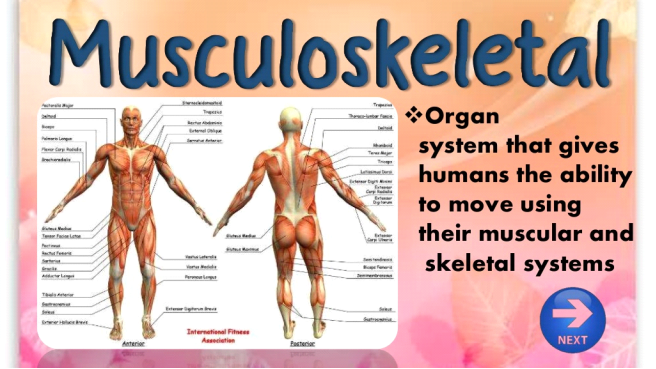
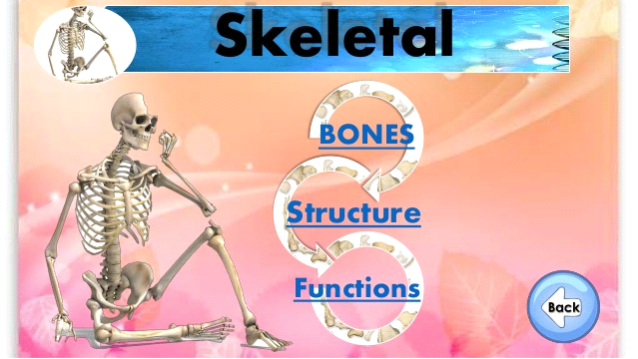
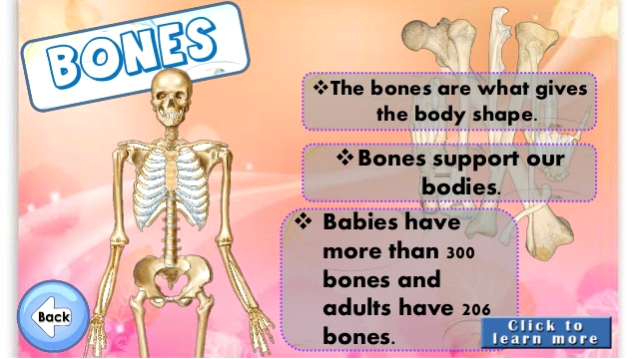
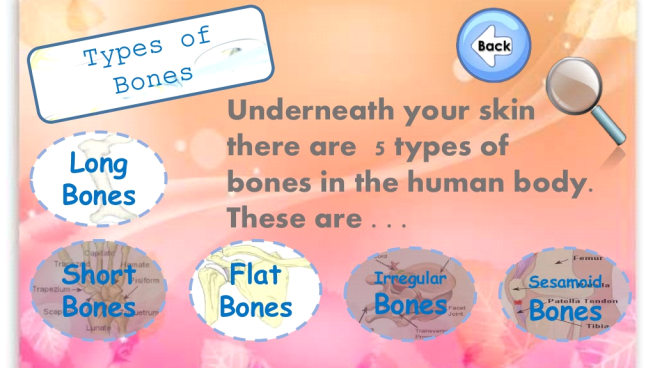

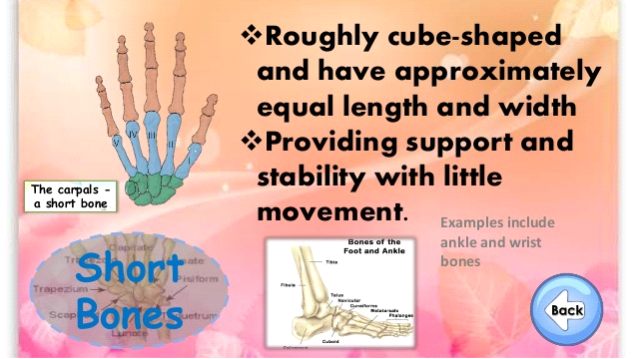
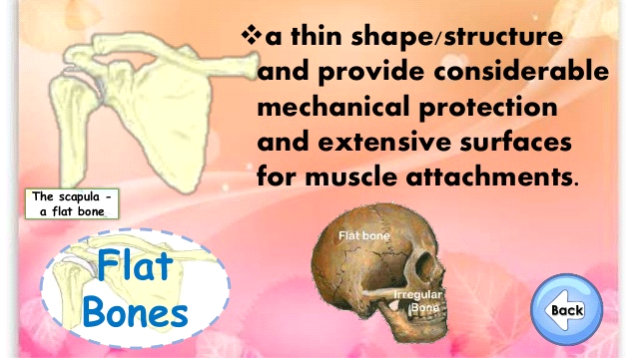
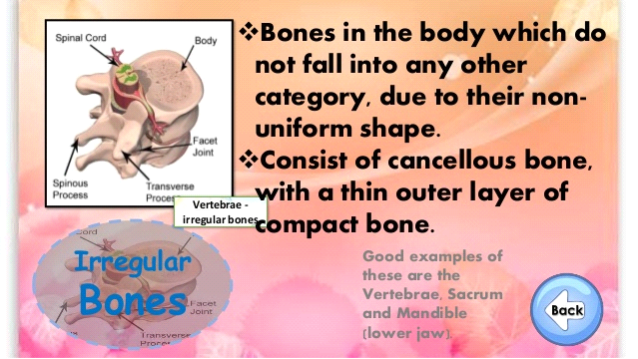
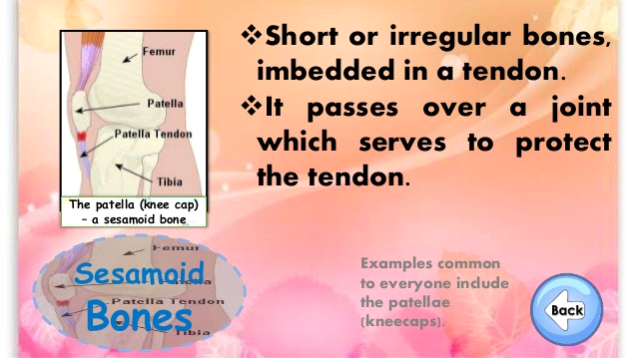

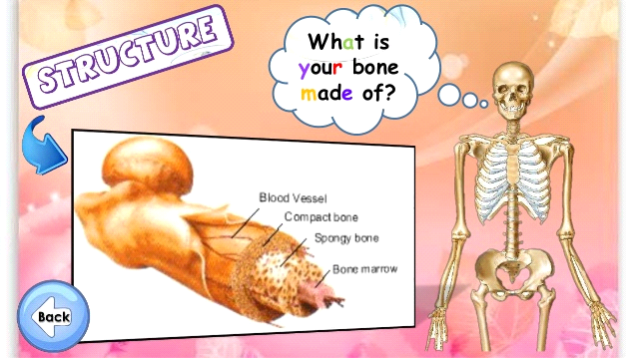
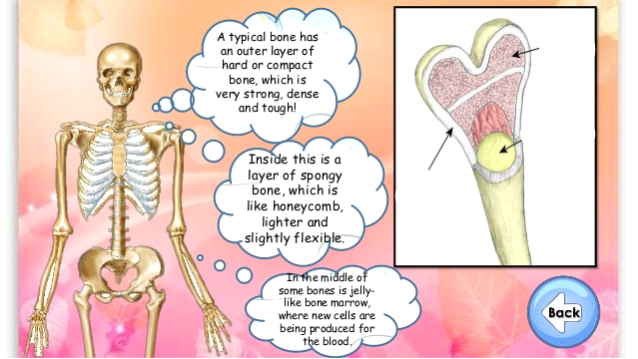
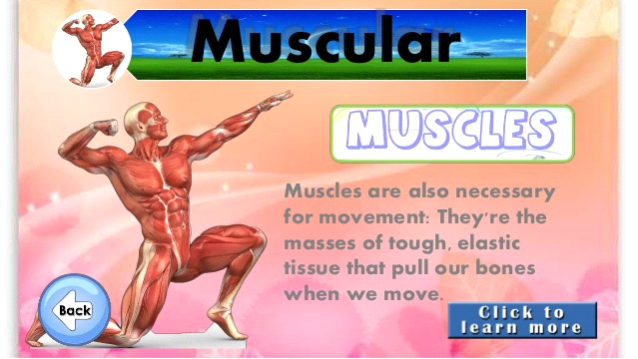
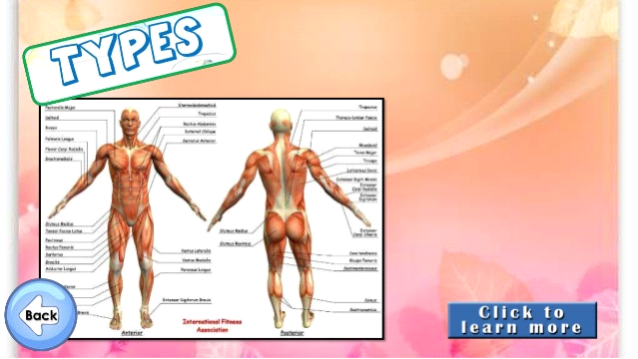

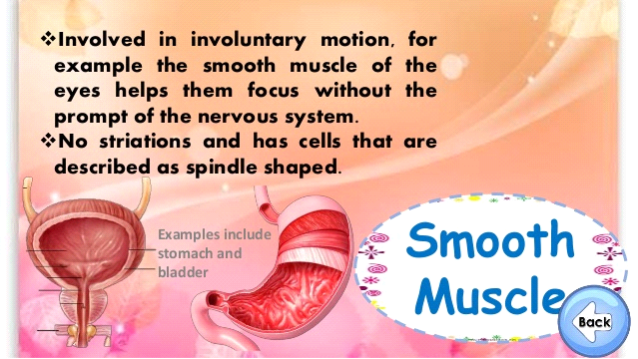
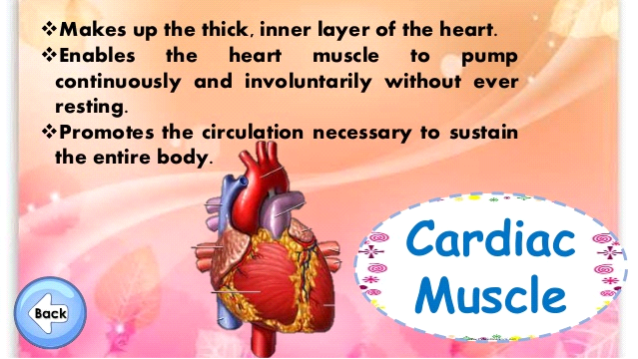
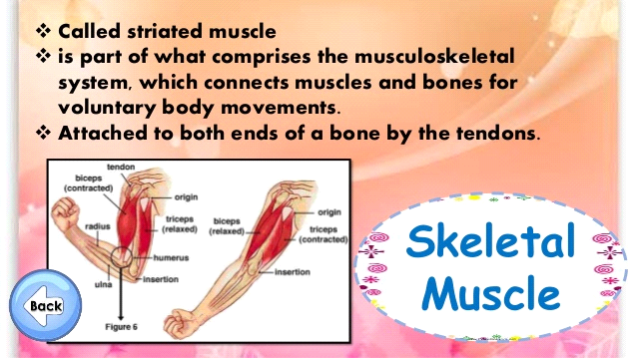
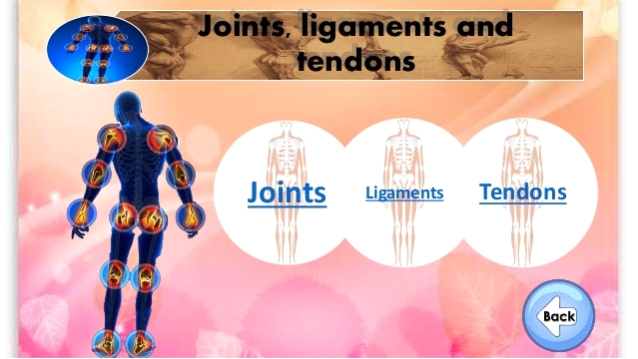
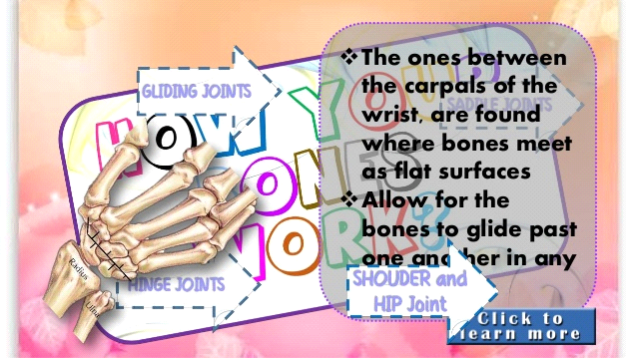
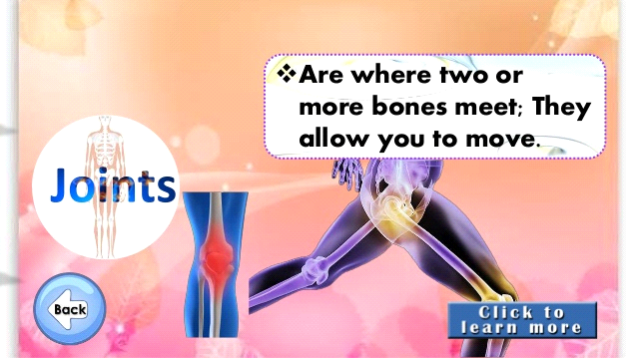
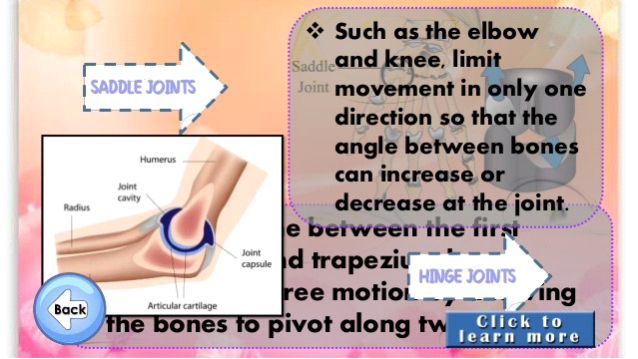
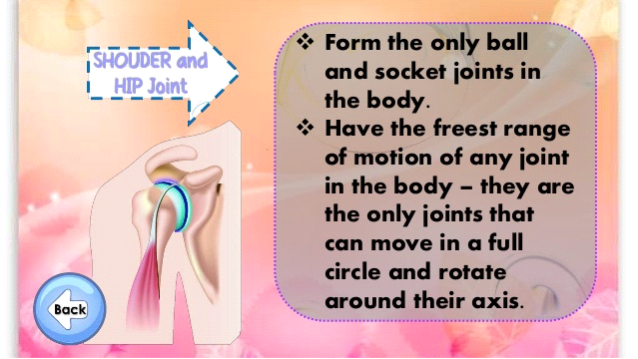
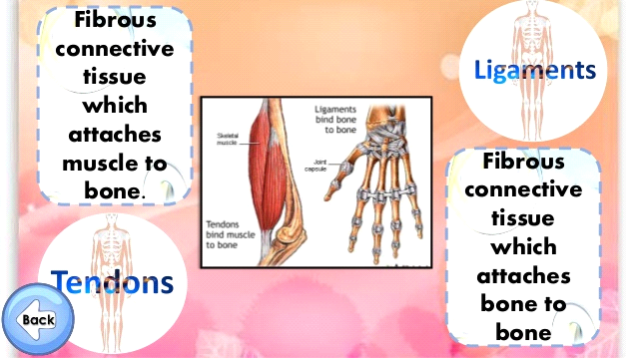


про публікацію авторської розробки
Додати розробку
